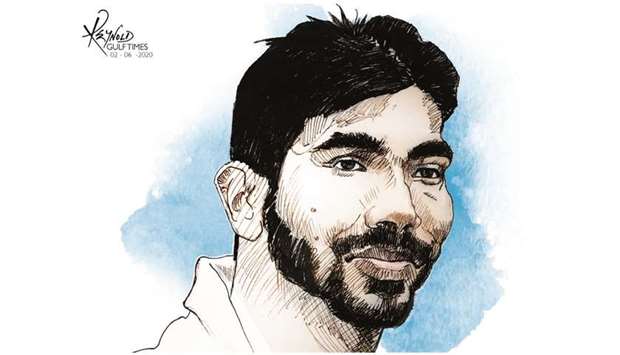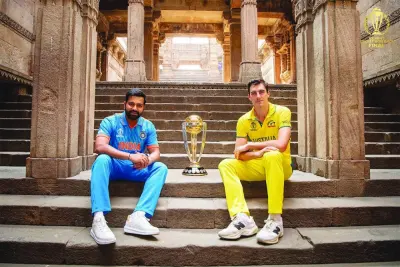Handshakes, celebratory high-fives and hugs are also likely to be off-limits when international cricket resumes with safety protocols in place. “I was not much of a hugger anyway, and not a high-five person as well, so that doesn’t trouble me a lot,” Bumrah said in an ICC video chat with the former West Indies pace bowler Ian Bishop and the ex-captain of South Africa, Shaun Pollock.
“The only thing that interests me is the saliva bit,” added the 26-year-old Bumrah. “I don’t know what guidelines that we have to follow when we come back, but I feel there should be an alternative. If the ball is not well maintained, it’s difficult for the bowlers. The grounds are getting shorter and shorter, the wickets are becoming flatter and flatter. So we need something.”
Pace bowlers usually try to make the ball swing through the air by shining one side on their clothing aided by using sweat or saliva and leaving the other half to become scuffed.
Anil Kumble, chairman of the ICC cricket committee that recommended banning saliva, insisted the move was only an “interim measure”.
Australian cricket ball manufacturer Kookaburra is developing a wax applicator that allows players to shine the ball without using saliva or sweat. But its use would need a change in the laws of cricket which forbid the use of any artificial substance to alter the ball.
Test players have in the past been accused of using lozenges, petroleum jelly and resin to keep the shine on the ball, and also scuffing it with bottle tops, trouser zippers, grit or fingernails. The most notorious recent incident was in 2018, when Australian players attempted to alter the ball with sandpaper during a Test against South Africa in Cape Town, resulting in lengthy bans for the three involved — Steve Smith, David Warner and Cameron Bancroft.
Bumrah, who has emerged as India’s lead paceman since his Test debut in 2018, has claimed 68 wickets in 14 Tests and 104 scalps in 64 one-day internationals. Bumrah said his short run-up is a product of his youth when playing backyard cricket gave him little space to build up a head of steam but his approach allows him to bowl long spells in Tests without compromising on speed.
The right-arm quick consistently bowls above 140kph despite his relatively brief run-up, and batsmen find him particularly tricky because of his unorthodox sling-arm action. “The run-up is because of playing in the backyard,” the 26-year-old said.
“We didn’t have a lot of space when I used to play as a child. This was the longest run-up you could have, so maybe that could be a reason. I’ve tried a longer run-up and nothing changes — the speed is still the same. So why run so much? It comes especially handy in Test matches, he said.
“... when I’m bowling my fourth spell, fifth spell, I’m relatively more fresh than the bowlers who play with me and have a longer run-up. This was my theory. This is not the best thing I should say but I am bowling quicker than them in my fourth spell as well. So I think I should stick to it. If I have some physical difficulty and if it’s giving me some trouble, then I’ll find solutions. But if it’s not broken, why fix it?”



